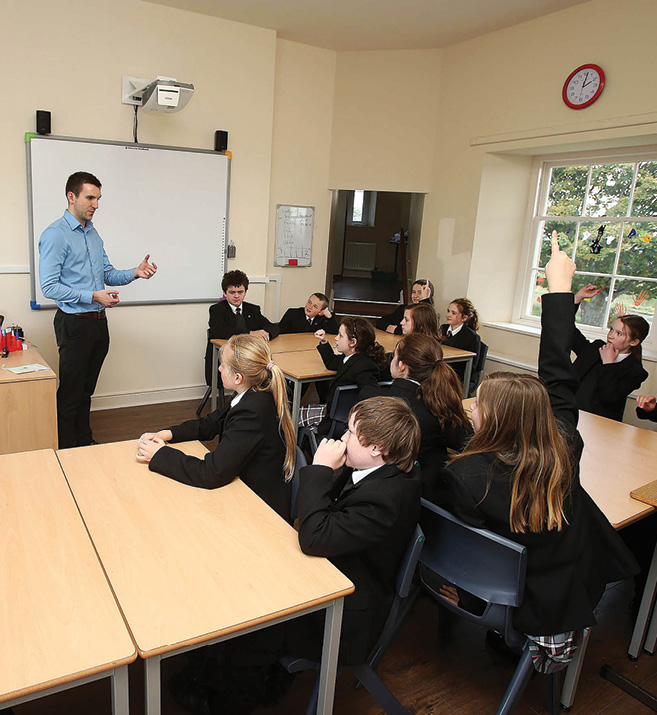Education Authority: area planning for provision


Earlier this year, the Education Authority (EA) published its first ever strategic area plan for primary, post-primary and special school provision.
It is the duty of the EA to “secure that there are available in its area sufficient schools for providing primary and secondary education and the schools available for an area shall not be deemed to be sufficient unless there are sufficient in number, character and equipment to afford for all pupils [the] opportunity of education”.
The overarching objective of Providing Pathways: Strategic Area Plan for School Provisions 2017-2020 is “to ensure that all pupils have access to a broad and balanced curriculum in sustainable, fit-for-purpose schools”. It is intended, therefore, to shape priorities for education provision for the next three years, ensuring that all children have the opportunity to access educational choices which can enable them to realise their full potential.
Within the context of the Department of Education’s Sustainable Schools Policy, the Area Plan established a series of themes, identified as drivers for future planning of school provision:
- • securing parity of access to appropriate pathways for all;
- • the enhancement of choice for young people;
- • the promotion of cooperation and collaboration across all sectors;
- • the maximisation of resource utilisation; and
- • informing strategic infrastructure planning.
These are intended to be the determining principles which inform and proposed changed to school provision in the future.
In 2015, the Comptroller and Auditor General published a report on the Sustainability of Schools which found that 36 per cent of primary schools were below the levels indicated in the Bain Review (105 pupils) and almost half (93) of the 197 post-primary schools have fewer than 500 pupils in years eight-12.
EA Director of Education John Collings asserts: “We have too many schools for the size of our population, particularly at primary school level… We must maximise the use of the schools’ estate through sharing and cooperation to ensure that the educational experiences of our young people are the best they can be.”
Accompanying the core plan document is an Annual Action Plan for 2017-18 which identifies key issues requiring address at local level. Annual plans for 2018-19 and 2019-20 are to be published in March 2018 and March 2019. An Area Planning Cycle has been developed to facilitate progress in area planning by delivering milestones, timescales and overall clarity for schools and the wider community.
The current Action Plan identifies 40 schools where sustainability is an issue, but also a number of schools which are sustainable and may provide a solution for the former. Any proposals subsequently taken forward are intended to “meet the needs of pupils” and any decisions to close or merge schools is subject to consultation. Options for new schools are also to be considered.





